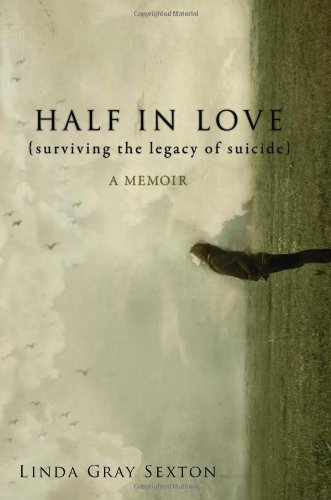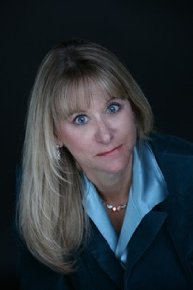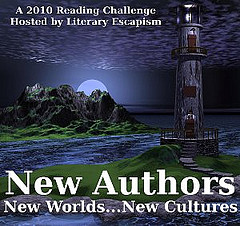
For instance in the section “How to Raise Your Children,” among the tips listed to maintain decorum and sanity in the household is to provide children with cake! “If all else fails, liberal slices of cake solve many a child-rearing problems.” (page 72)
The book is divided into three sections: logistics of life among the gentry in Regency England; the ins and outs of daily life; and the rules for choosing a prospective husband. Readers interested to learn how much Mr. Darcy is worth today should check out the handbook because apparently there is some controversy in the matter.
Each chapter contains a quote from one of Austen’s novels that applies to the contents of each chapter, and readers new to classic Austen books can rely on this handbook to understand the differences between a port-chaise, a hack, and other forms of transportation as well as the differences between various dresses worn by young ladies. There is a schedule of a woman’s typical day running a household, the responsibilities of gentleman, what these people did in their leisure time, and how to recognize the gentry from royalty and more.
The appendix contains synopses of Jane Austen’s novels and other works, plus a list of film adaptations, sequels, retellings, and other “paraliterature.” There are a number of other resources, a glossary, and selected bibliography as well. The Jane Austen Handbook: Proper Life Skills from Regency England by Margaret C. Sullivan is a great companion for the Jane Austen fanatic and fan because it offers guidance on how young men and women navigated a complex set of social rules and even broke them at times. As each moment in life is addressed, Sullivan also offers moments in Austen’s work where traditions are bent. Overall, a fantastic guide to a time period that many modern readers have a hard time imagining but will have fun navigating in not only Austen’s novels but also in the handbook. It gives new meaning to role-playing.

Margaret C. Sullivan is the editrix of Austenblog.com. She lives in Philadelphia.
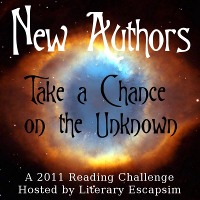


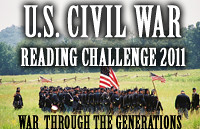
b.jpg)
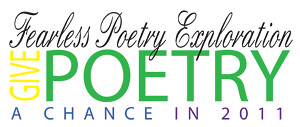

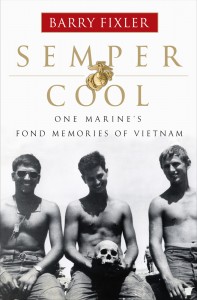
 About the Author:
About the Author:
